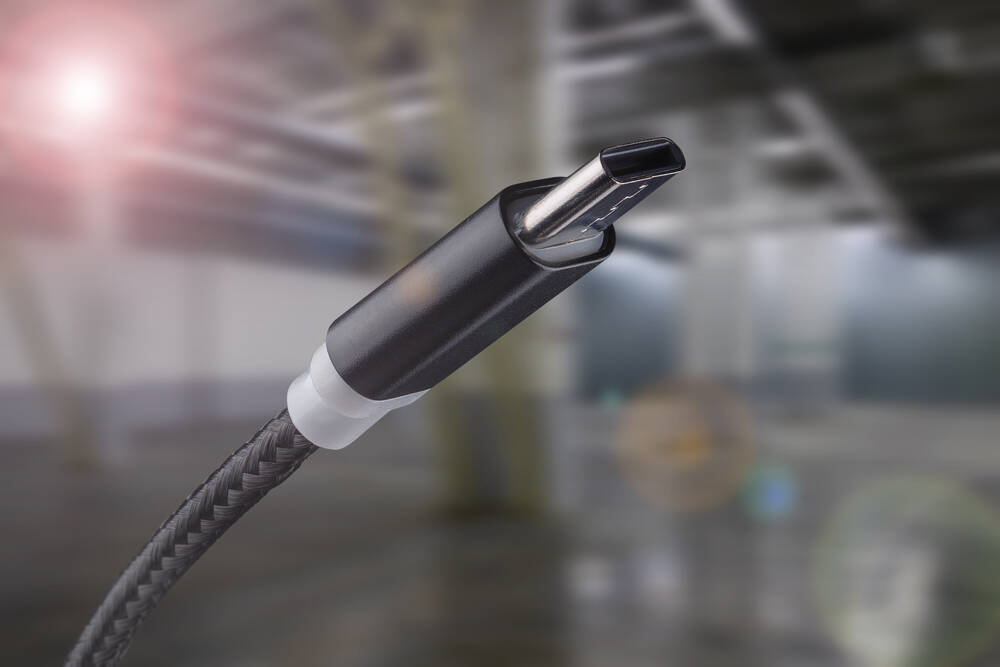EU directive to make 8M imported used phones unavailable

The impending Radio Equipment Directive in the EU is forecast to render eight million used smartphones, or two in five units, no longer available for supply and – at least in the trading bloc – effectively obsolete.
The legislation, slated for December 28, will necessitate all devices to support USB-C. The aim is to slash e-waste by “outlawing proprietary chargers,” as market researcher CCS Insight puts it.
Apple resisted the rule change for years, and given the popularity of iPhones, the consequence could mean the devices need to be shipped elsewhere. In 2023, 27 million iPhones were sold on the European secondary market. That equals a market share of 57 percent, CCS Insight said.
According to the tech market researcher, the regulation will affect both the primary and secondary markets, and it estimates that more than 60 percent of the secondhand smartphone market will not support USB-C when the directive comes into force.
Simon Bryant, Vice President of Research at CCS Insight, told us: “The USB-C mandate will strain the still-emerging circular industry, which has already seen several companies cease trading this year because of tough market conditions. It also risks pushing trading into unregulated channels and is likely to promote parallel imports bypassing EU customs.”
The ban only applies to imported models – used phones with the “wrong” ports can still be sold within member states – and the market watcher estimates this will cut “two out of five units from supply, or 8 million smartphones, worth €2 billion ($2.22 billion) in sales.”
Ouch. The EU is a region that is the “greatest importer of used phones,” mostly coming from the US, Japan, and Singapore.
Bryant added: “This situation demonstrates Europe’s dependence on devices from other regions and, ultimately, the non-circular behavior of consumers and channels in Europe despite their commitment to sustainability initiatives. The European telecom industry recognizes that it needs to address low trade-in throughout the region, but it’s still far off the pace of the US and Japan, which generate much higher volumes.”
Double ouch.
The Radio Equipment Directive has been a long time in the making. Talk of standardizing chargers began in 2011, yet by 2014 MicroUSB was approved as the connector design of choice. Some smartphone vendors signed a Memorandum of Understanding yet this was ignored by Apple, which went its own way.
A common charging standard across the EU was again raised with MEPs in January 2020 and it passed by some measure: 582 votes to 40, with 37 abstentions. The EU calculated as far back as a decade ago that 51,000 metric tons of electronics waste across the bloc pertained to old chargers, though that number had fallen to 11,000 tonnes a few years ago.
Apple opposed the directive, telling The Reg in 2021 that while it “shares the European Commission’s commitment to protecting the environment,” it was still “concerned that strict regulation mandating just one type of connector stifles innovation rather than encouraging it, which in turn will harm consumers in Europe and around the world.”
The consumer tech megacorp relinquished attempts to fight this off a year ago and confirmed it was switching to USB-C for the iPhone 15 line-up.
CCS Insight says global secondhand smartphone shipments grew 7 percent in calendar Q2 with Apple comprising 62 percent of those overall volumes, or 17 million iPhones, with “particular strength in North America.” Samsung had 20 percent market share and did well in Europe, Latin America, the Middle East, and Africa.
The value of the market declined 13 percent globally to $7.7 billion, in large part due to “popularity of older devices in the model mix such as the iPhone 11, which has seen its price slide rapidly yet still contributes a significant share of shipments,” said CCS Insight.
Should users vote with their wallets to move to the iPhone 16, it could “result in a flood of iPhone 12, 13, and even 14 devices reaching the organized secondary market,” the analyst added. These are all pre-USB-C models.
“This will depend on whether Apple Intelligence is a big enough draw to truly move the needle in terms of upgrades,” CCS Insight added.
The analyst told us 117 million secondhand phones were shipped worldwide in 2023, and it anticipates that 2024 will be a bigger year.
In February, a survey found that half of consumers would consider buying a refurbished smartphone instead of a new device, citing lower purchase price and environmental concerns.
An earlier report from January indicated upgrade fatigue, claiming users are choosing to keep their smartphones for longer – upwards of 40 months, or longer than three years – and this was starting to limit inventory available for resale on the secondhand market.
The Register has asked the European Commission to comment. ®